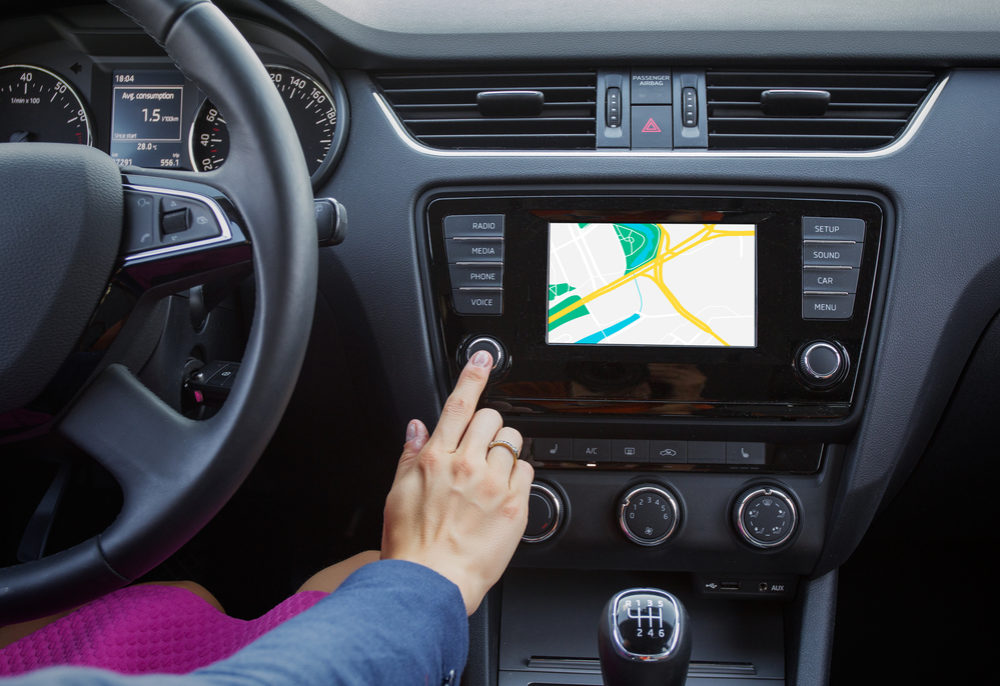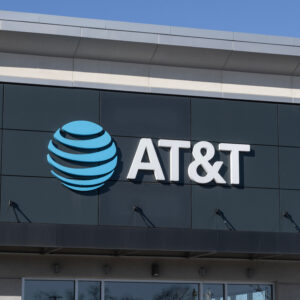Car Accidents Often Avoided Due to Advanced Vehicle Safety Technology: Consumer Reports

A new survey indicates that modern crash avoidance technology is very effective at avoiding car accidents caused by driver error, reinforcing recent calls for manufacturers to standardize the equipment across all models, instead of only making it available in higher-end cars.
Consumer Reports released the results of their new Advanced Driver Assistance System (ADAS) survey on June 25, which asked drivers about experiences where vehicle safety features may have helped prevent crashes, and which ones were most preferred by drivers.
According to the findings, the highest rated safety features included front collision warning (FCW), blind spot warning (BSW), front and rear automatic emergency braking (AEB) and features that help keep the car in the proper lane.

Did You Know?
AT&T Data Breach Impacts Millions of Customers
More than 73 million customers of AT&T may have had their names, addresses, phone numbers, Social Security numbers and other information released on the dark web due to a massive AT&T data breach. Lawsuits are being pursued to obtain financial compensation.
Approximately 57% of participants reported that at least one advanced driver-assist feature in their vehicle prevented a crash, and 47% of participants reported a combination of front collision warning and automatic braking helped prevent a crash. Another 31% reported lane departure warning (LDW) or lane keeping assist (LKA) aided in preventing a crash.
One in five respondents indicated they did not seek out any specific driver assisting technologies when they purchased the vehicle, and would not have been willing to pay extra for the feature if it were not standard. However, nearly half of those respondents reported AEB assisting in preventing a crash.
The braking technology has proven to be beneficial in several studies, including one published by the Insurance Institute for Highway Safety (IIHS), which indicated AEB technology could reduce insurance injury claims by as much as 35% by compensating for distracted driving mistakes attributed to a majority of auto accidents.
In March 2016, NHTSA officials were able to get 20 automobile manufacturers, which account for more than 90% of the nation’s vehicle fleet, to publicly commit to implementing AEB technology in all standard lightweight vehicles, rather than charging a premium to consumers to add the technology as a luxury feature.
Consumer Reports indicated only 29% of vehicles sold in the United States in 2018 had AEB features implemented as standard equipment. However, that number increased drastically to 48% in 2019 indicating many manufacturers are keeping their commitment.
NHTSA reports 10 of the 20 automobile manufacturers have stuck by their commitment, with Tesla being the leader, selling 100 percent of new vehicles with AEB as a standard feature. Mercedes-Benz was second, with a 96 percent rate of AEB implementation followed by Volvo, Toyota then Audi, all with conformance rates between 87 percent and 93 percent.
Past studies have found forward collision warning and AEB systems are able to reduce front-to-rear crashes by nearly half. In a previous IIHS study involving Acura, Fiat Chrysler, Honda, Mercedes-Benz, Subaru and Volvo vehicles, the combination for the two technologies reduce crashes by 50 percent of all severities, and by 56 percent of those involving injuries.




0 Comments